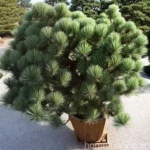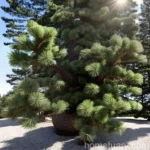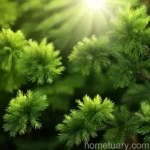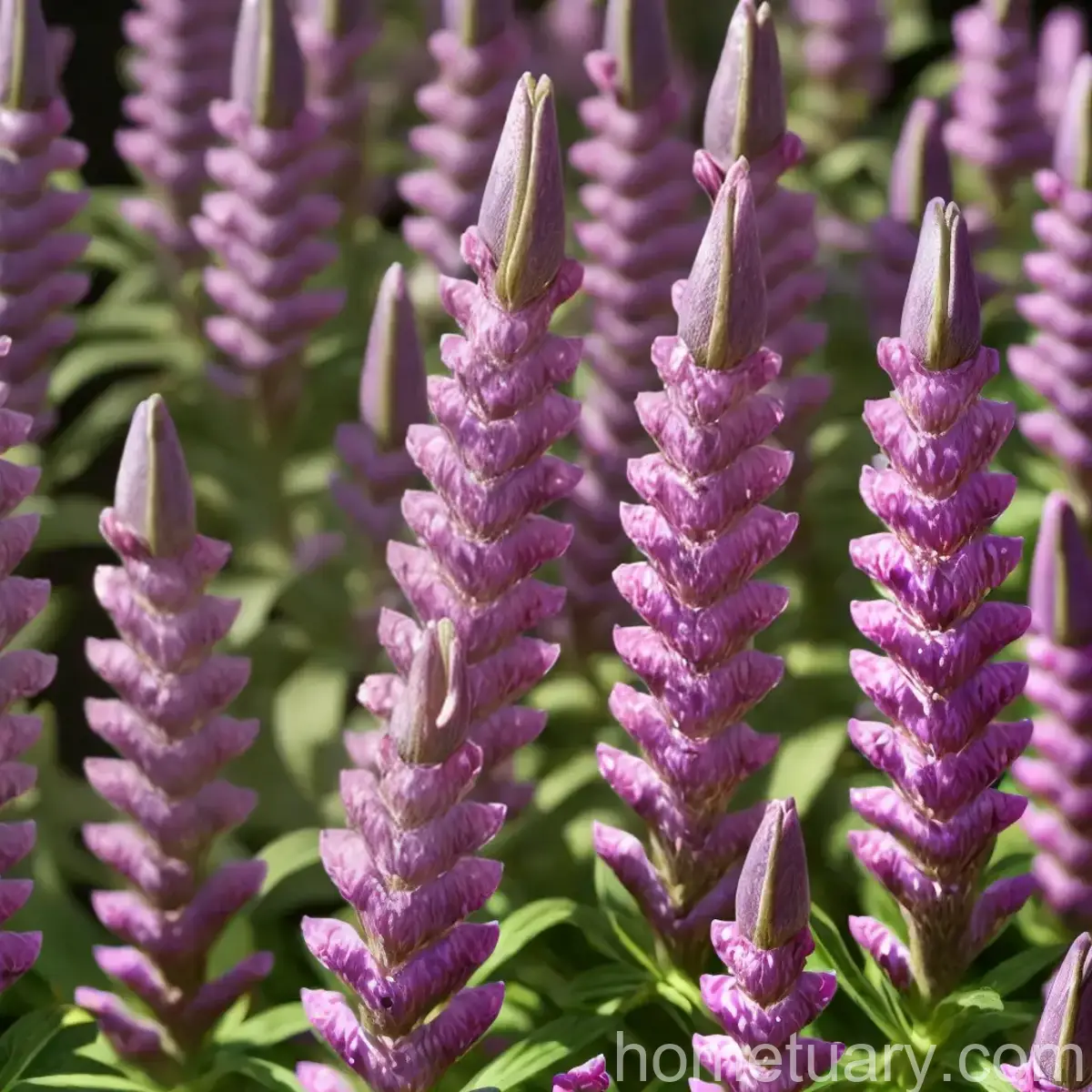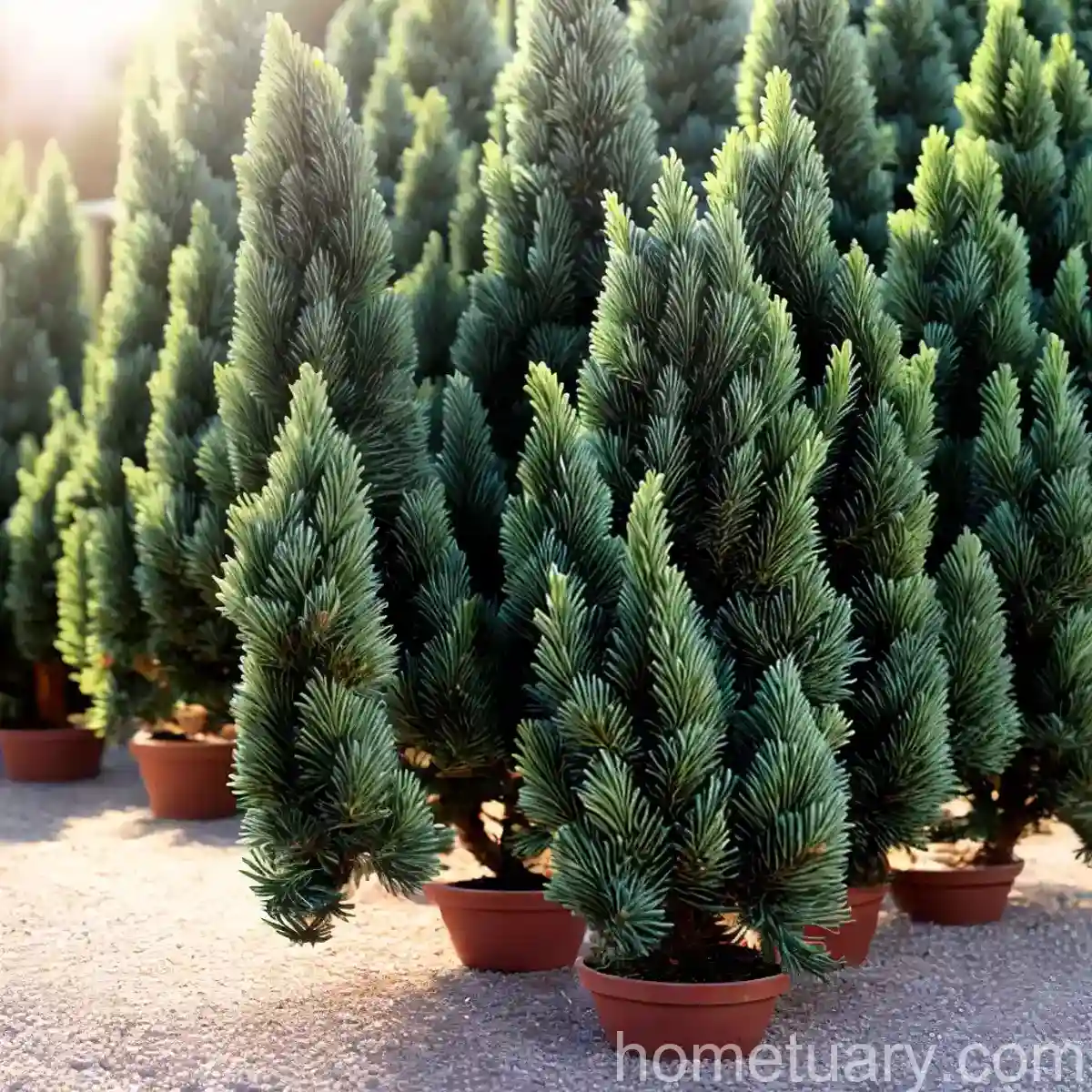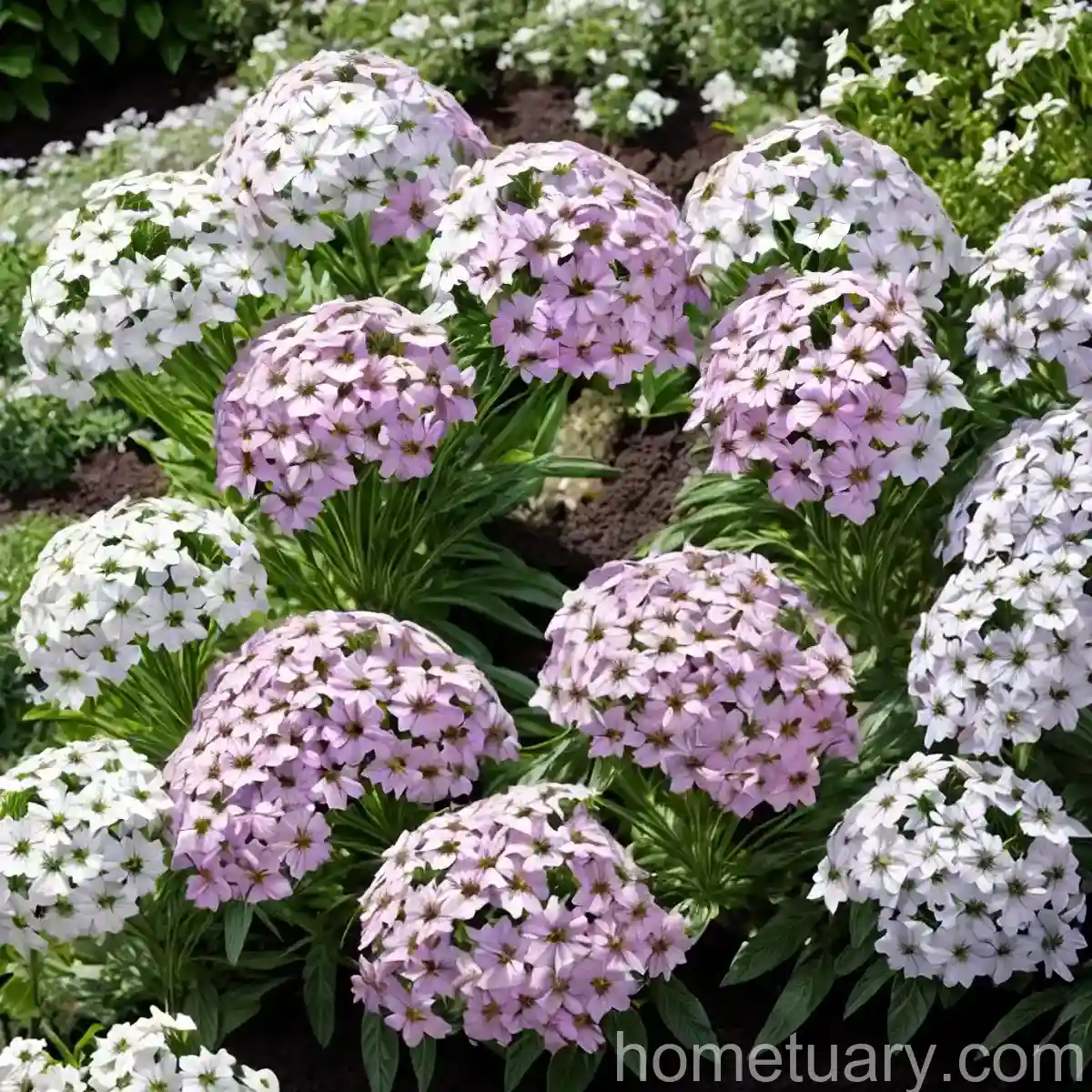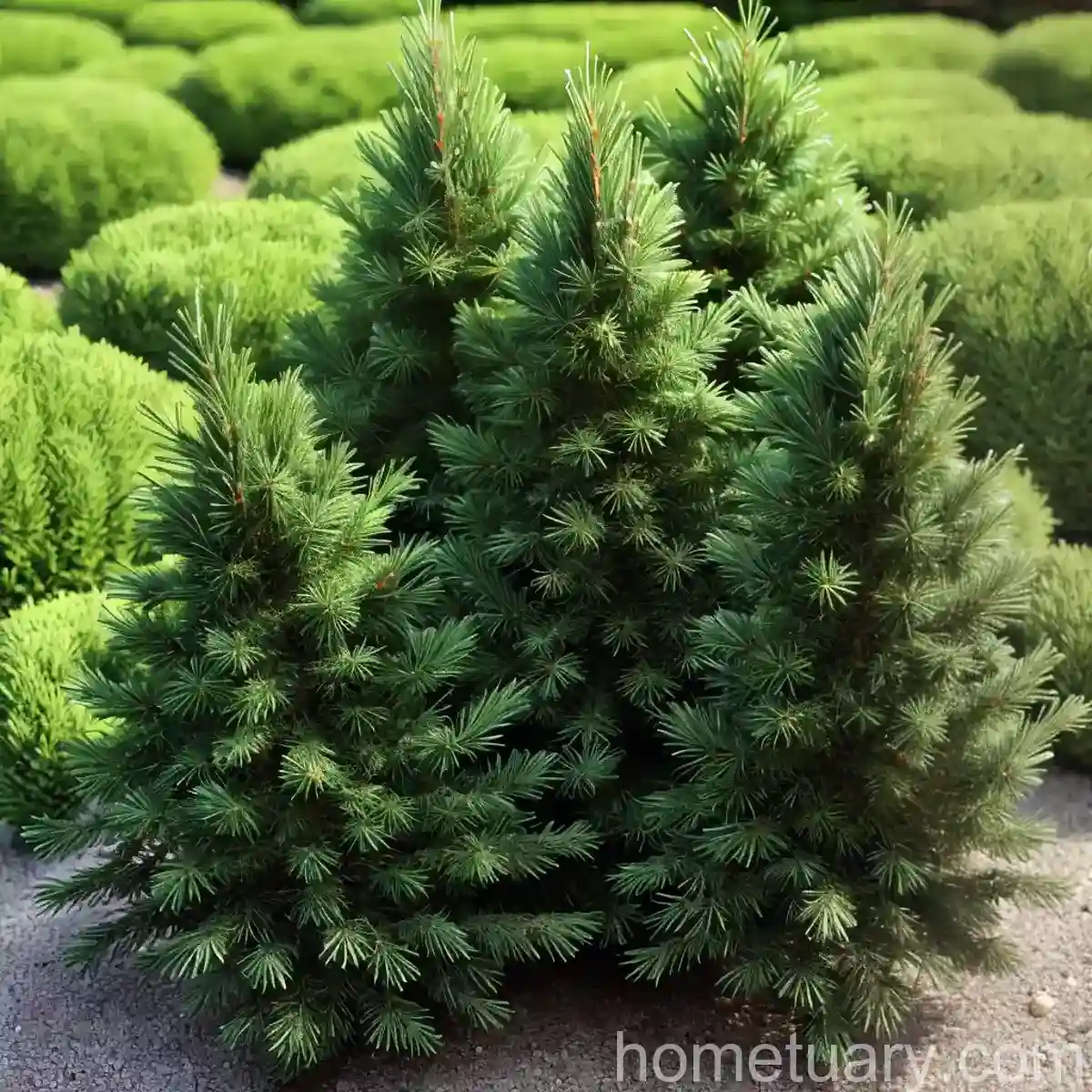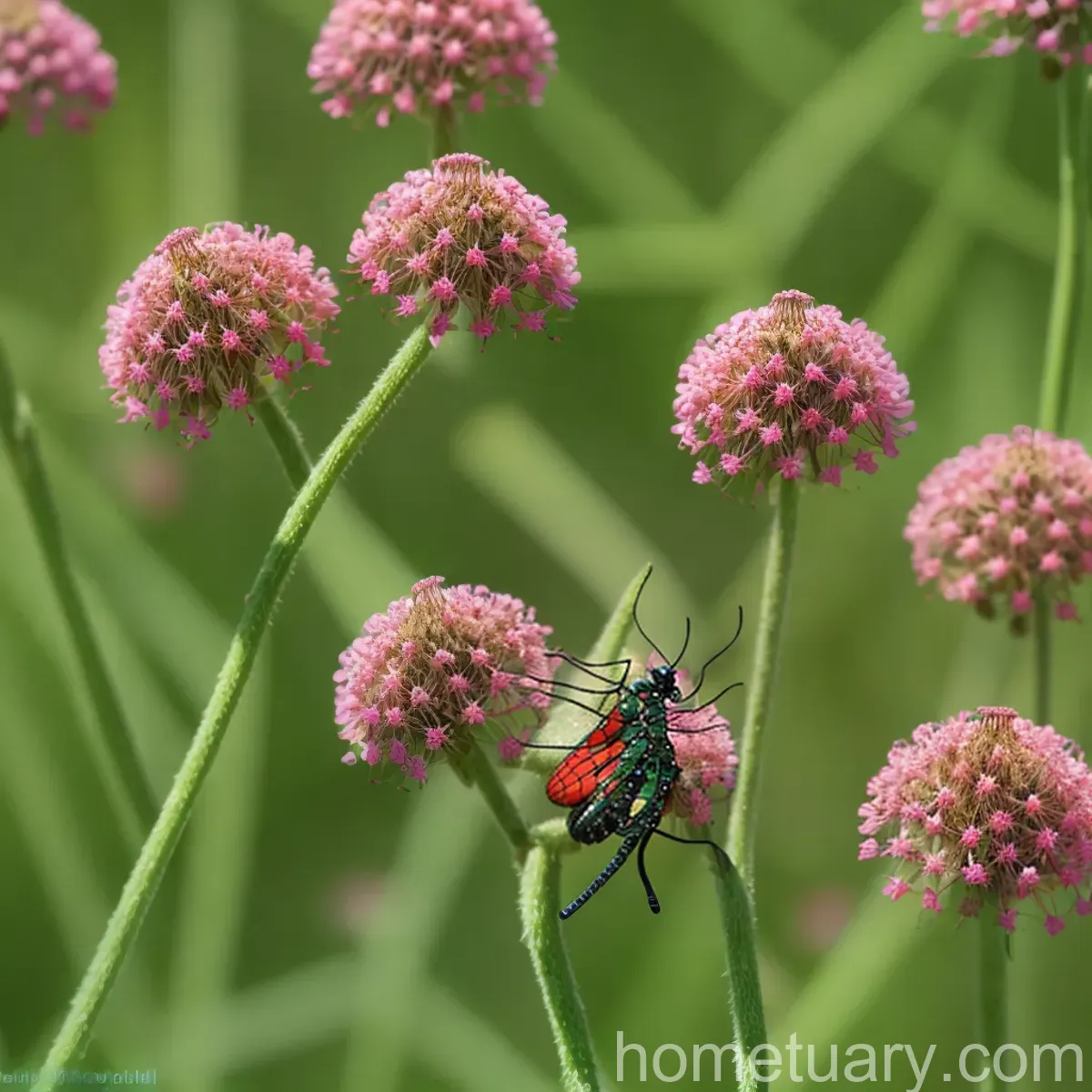Plant Profile: Eastern White Pine (Pinus strobus ‘Sea Urchin’)

The Eastern White Pine, scientifically known as Pinus strobus ‘Sea Urchin’, is a captivating and versatile evergreen tree that has gained popularity among landscapers and gardening enthusiasts. Its unique features and adaptability make it a valuable addition to diverse landscape designs and gardening projects. In this blog post, we will delve into the various aspects of this remarkable plant, including its cultural requirements, uses, propagation, common diseases, and botanist’s tips. Whether you are a seasoned plant enthusiast or just exploring the world of gardening, this comprehensive guide will provide you with valuable insights into the Eastern White Pine, helping you make informed decisions when incorporating it into your outdoor spaces.
What is Eastern White Pine (Pinus strobus ‘Sea Urchin’)?
The Eastern White Pine, or Pinus strobus, is a species of coniferous tree native to eastern North America. It is highly valued for its rapid growth, soft needles, and elegant appearance, which contribute to its widespread use in landscaping and forestry. The ‘Sea Urchin’ variety of the Eastern White Pine exhibits unique characteristics that set it apart from other cultivars, making it a sought-after choice for gardeners and horticulturists.
Key Takeaways – Eastern White Pine (Pinus strobus ‘Sea Urchin’)
Before we delve into the specific aspects of the Eastern White Pine ‘Sea Urchin’, let’s highlight the key takeaways that will be covered in this blog post:
- Culture
- Uses
- Water
- Sunlight
- Fertilizer
- Soil
- Pruning
- Propagation
- Container
- Popularity
- Common Diseases
- Disease Diagnosis
- Common Pests
- Botanist’s Tips
- Fun Facts
- Links to External Resources
Now, let’s explore each of these aspects in detail to gain a comprehensive understanding of the Eastern White Pine ‘Sea Urchin’.
Culture of Eastern White Pine (Pinus strobus ‘Sea Urchin’)
The culture of the Eastern White Pine ‘Sea Urchin’ encompasses its overall care and maintenance requirements, including its water, sunlight, soil, and fertilizer needs. Understanding the cultural elements is essential for ensuring the optimal growth and health of this distinct plant variety.
Water
Proper watering is crucial for the establishment and sustained growth of the Eastern White Pine ‘Sea Urchin’. Being a coniferous tree, it is important to maintain consistently moist but well-drained soil, especially during its initial years of growth. Once established, it exhibits good drought tolerance, but adequate moisture levels are essential for its overall health and vigor.
Key Points:
– Maintain consistently moist but well-draining soil, especially during the establishment phase.
– Provide supplemental watering during dry periods to ensure optimal growth and health.
Sunlight
As with many coniferous species, the Eastern White Pine ‘Sea Urchin’ thrives in full sun to partial shade. It is important to provide it with sufficient sunlight to promote healthy growth and development. In regions with hot summers, partial shade during the hottest part of the day can be beneficial.
Key Points:
– Plant in a location that receives full sun to partial shade.
– Provide partial shade in regions with intense summer heat.
Fertilizer
Proper fertilization supports the growth and vitality of the Eastern White Pine ‘Sea Urchin’. A balanced slow-release fertilizer designed for acid-loving plants is suitable for this variety. Application in early spring before new growth emerges is ideal for promoting lush foliage and overall plant health.
Key Points:
– Apply a balanced slow-release fertilizer for acid-loving plants in early spring.
– Avoid excessive fertilization, as it may lead to an imbalance in nutrient uptake.
Soil
The Eastern White Pine ‘Sea Urchin’ thrives in well-drained, slightly acidic soil. It is important to ensure good soil aeration and drainage to prevent waterlogged conditions, which can be detrimental to the plant’s health. Amending the soil with organic matter can improve its texture and fertility, creating an ideal growing environment for this variety.
Key Points:
– Plant in well-drained, slightly acidic soil.
– Incorporate organic matter to enhance soil fertility and structure.
Uses of Eastern White Pine (Pinus strobus ‘Sea Urchin’)
The Eastern White Pine ‘Sea Urchin’ boasts a wide range of uses, making it a versatile addition to various landscaping and gardening applications. Whether used as a focal point in a garden, a windbreak in a landscape, or a specimen tree in urban spaces, its adaptability and aesthetic appeal make it a valuable asset in diverse settings.
Key Uses:
1. Ornamental Specimen: The distinctive form and foliage of the Eastern White Pine ‘Sea Urchin’ make it a striking ornamental specimen in gardens and landscapes, adding visual interest and texture.
2. Screening and Windbreaks: With its dense growth habit and evergreen foliage, it serves as an effective windbreak and privacy screen, providing shelter and creating a sense of seclusion.
3. Urban Landscapes: Its adaptability to urban environments, including pollution tolerance, makes it suitable for city landscaping and street tree planting, contributing to green urban spaces.
4. Wildlife Habitat: The Eastern White Pine ‘Sea Urchin’ provides habitat and food for various wildlife species, enhancing ecological diversity in garden and natural settings.
5. Timber: Historically, the Eastern White Pine has been utilized for its timber, particularly in the construction of cabins, furniture, and other woodworking projects.
Pruning and Propagation of Eastern White Pine (Pinus strobus ‘Sea Urchin’)
Understanding the proper pruning techniques and propagation methods is essential for maintaining the health and aesthetics of the Eastern White Pine ‘Sea Urchin’. Additionally, propagation allows for the expansion of its presence in gardens and landscapes through the cultivation of new plants.
Pruning
Proper pruning helps maintain the desired shape, promote healthy growth, and remove any damaged or diseased branches. When pruning the Eastern White Pine ‘Sea Urchin’, it is important to follow best practices to ensure minimal stress and optimal regrowth.
Key Pruning Techniques:
– Remove dead or diseased branches as soon as they are noticed to prevent the spread of diseases and maintain the plant’s overall health.
– Generally, minimal pruning is required for the Eastern White Pine ‘Sea Urchin’ due to its naturally attractive form and growth habit.
Propagation
The propagation of the Eastern White Pine ‘Sea Urchin’ can be achieved through various methods, including seed propagation, cuttings, and grafting. Each method has its own considerations and requirements for successful propagation.
Key Propagation Methods:
– Seed Propagation: Sow seeds in well-drained, sterile growing medium and provide optimal conditions for germination and early growth.
– Cuttings: Take softwood or hardwood cuttings from healthy, disease-free plants and follow proper rooting techniques to establish new plants.
– Grafting: Utilize grafting techniques to ensure the propagation of specific cultivars and maintain the desired characteristics of the ‘Sea Urchin’ variety.
Common Diseases and Pests of Eastern White Pine (Pinus strobus ‘Sea Urchin’)
Like many plant species, the Eastern White Pine ‘Sea Urchin’ is susceptible to certain diseases and pests that can impact its health and appearance. Understanding these potential challenges and methods for prevention and control is essential for ensuring the long-term well-being of the plant.
Common Diseases
- Needle Blight: Needle blight diseases, such as brown spot needle blight (Mycosphaerella dearnessii) and Dothistroma needle blight (Dothistroma pini), can affect the foliage of the Eastern White Pine, leading to browning and premature needle drop.
- Rust Diseases: Various species of rust fungi can cause rust diseases on the needles of the Eastern White Pine, resulting in discolored and distorted foliage.
- Root Rot: Excessive moisture and poor drainage can lead to root rot, caused by various soil-borne pathogens, negatively impacting the overall health of the plant.
Disease Diagnosis:
– Regular inspection of the foliage and overall health of the plant is crucial for early disease detection.
– If symptoms of disease are observed, it is advisable to consult with a local horticulturist or extension service for accurate diagnosis and treatment recommendations.
Common Pests
- Pine Sawfly: The larvae of pine sawflies can cause defoliation on the Eastern White Pine by feeding on the needles, potentially impacting the plant’s vigor.
- Adelgids: Certain species of adelgids, such as the Eastern Pine aphid (Cinara strobi), can infest the foliage of the Eastern White Pine, leading to needle discoloration and stunted growth.
- Pine Bark Beetles: Bark beetles, including the Eastern pine engraver (Ips pini), can attack weakened or stressed Eastern White Pines, damaging the inner bark and disrupting the plant’s vascular system.
Pest Control:
– Implement cultural practices, such as proper irrigation and fertilization, to promote the overall vigor and resilience of the plant, reducing its susceptibility to pest infestations.
– If pest populations reach damaging levels, targeted insecticidal treatments may be necessary to mitigate the infestation and protect the plant.
Botanist’s Tips for Eastern White Pine (Pinus strobus ‘Sea Urchin’)
As a plant scientist, I have the privilege of sharing valuable insights and tips for effectively caring for and appreciating the Eastern White Pine ‘Sea Urchin’. These botanist’s tips are designed to provide guidance and recommendations based on the plant’s unique characteristics and requirements.
Botanist’s Tips:
1. Site Selection: When planting the Eastern White Pine ‘Sea Urchin’, carefully consider its growth potential and ultimate size, allowing ample space for future expansion.
2. Mulching: Apply a layer of organic mulch around the base of the plant to conserve soil moisture, regulate soil temperature, and inhibit weed growth.
3. Winter Protection: In regions with harsh winter conditions, providing winter protection, such as burlap screens, can help shield the plant from drying winds and extreme temperatures.
4. Monitoring: Regularly monitor the plant for signs of disease, pest infestations, and environmental stressors, taking proactive measures to address any issues promptly.
5. Appreciation of Wildlife: Embrace the Eastern White Pine ‘Sea Urchin’ as a contributor to wildlife habitat, observing and appreciating the various bird and insect species it attracts.
Fun Facts about Eastern White Pine (Pinus strobus ‘Sea Urchin’)
To further enrich our understanding and appreciation of the Eastern White Pine ‘Sea Urchin’, let’s explore some fascinating fun facts about this distinctive plant variety.
Fun Facts:
– The Eastern White Pine is the state tree of Maine and Michigan in the United States, showcasing its cultural significance and regional importance.
– Its needles, which grow in bundles known as fascicles, typically occur in groups of five, differentiating it from other pine species with varying fascicle numbers.
– The term “white pine” refers to the tree’s light-colored, soft wood, which has been historically valued for various construction and woodworking purposes.
Links to External Resources
For further exploration and research, I have curated a selection of reputable external resources that provide valuable information on the Eastern White Pine (Pinus strobus ‘Sea Urchin’):
- The Tree Center – Eastern White Pine
- University of Florida IFAS Extension – Pinus strobus
- Missouri Botanical Garden – Pinus strobus
- USDA Forest Service – Ecology and Silviculture of Eastern White Pine
Conclusion
In conclusion, the Eastern White Pine (Pinus strobus ‘Sea Urchin’) stands as a remarkable plant variety that offers a multitude of uses, unique characteristics, and a captivating presence in diverse landscapes. From its cultural requirements and maintenance tips to its ecological significance and ornamental value, this distinctive conifer has earned its place as a beloved addition to gardens, urban spaces, and natural environments. Whether you are considering incorporating the Eastern White Pine ‘Sea Urchin’ into your landscape design or simply expanding your knowledge of plant diversity, the insights shared in this blog post serve as a valuable resource for engaging with and appreciating the beauty of this iconic tree.
As we continue to explore the intricacies of plant life, may the Eastern White Pine ‘Sea Urchin’ inspire a deeper appreciation for the natural world and the diverse species that enrich our surroundings.





